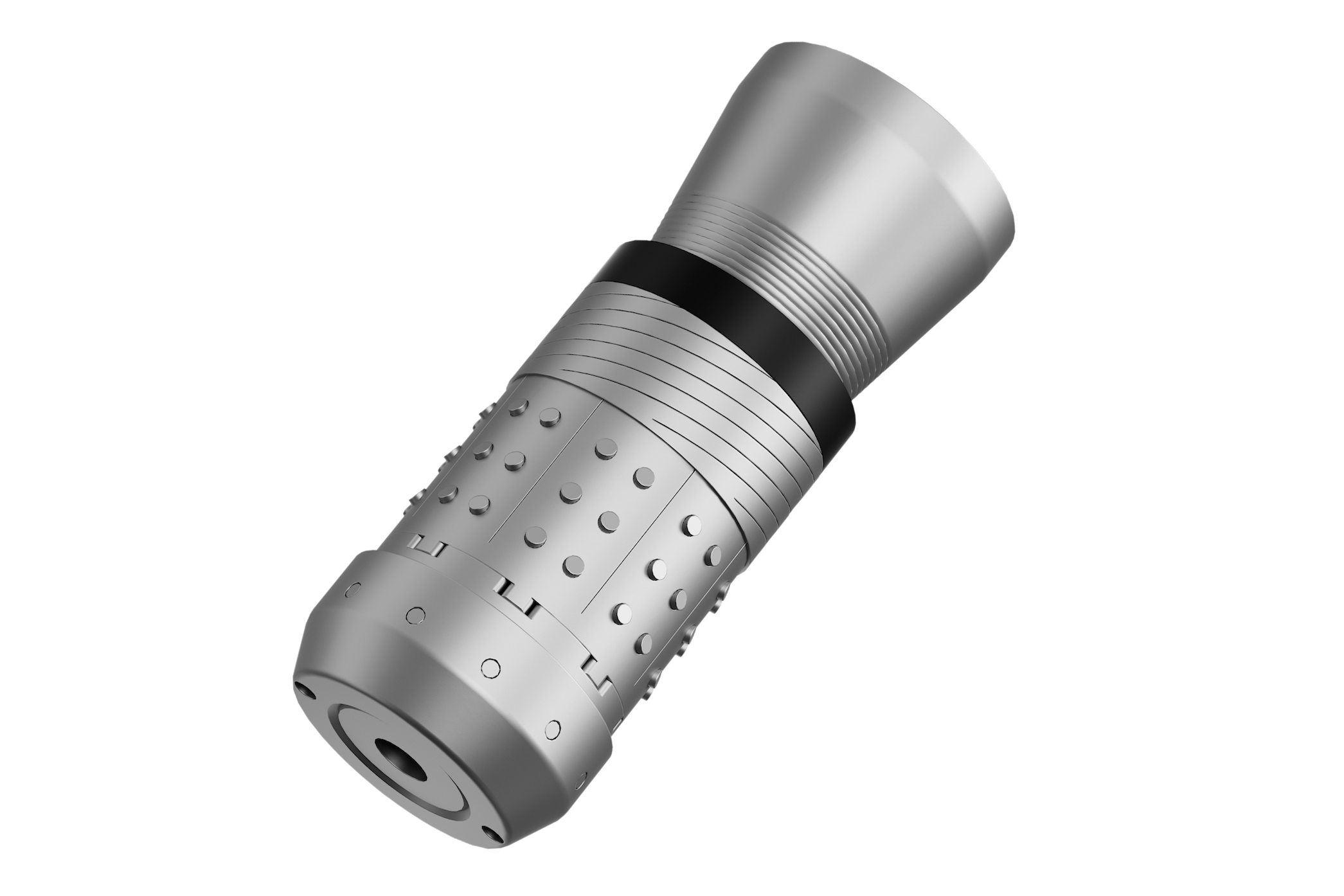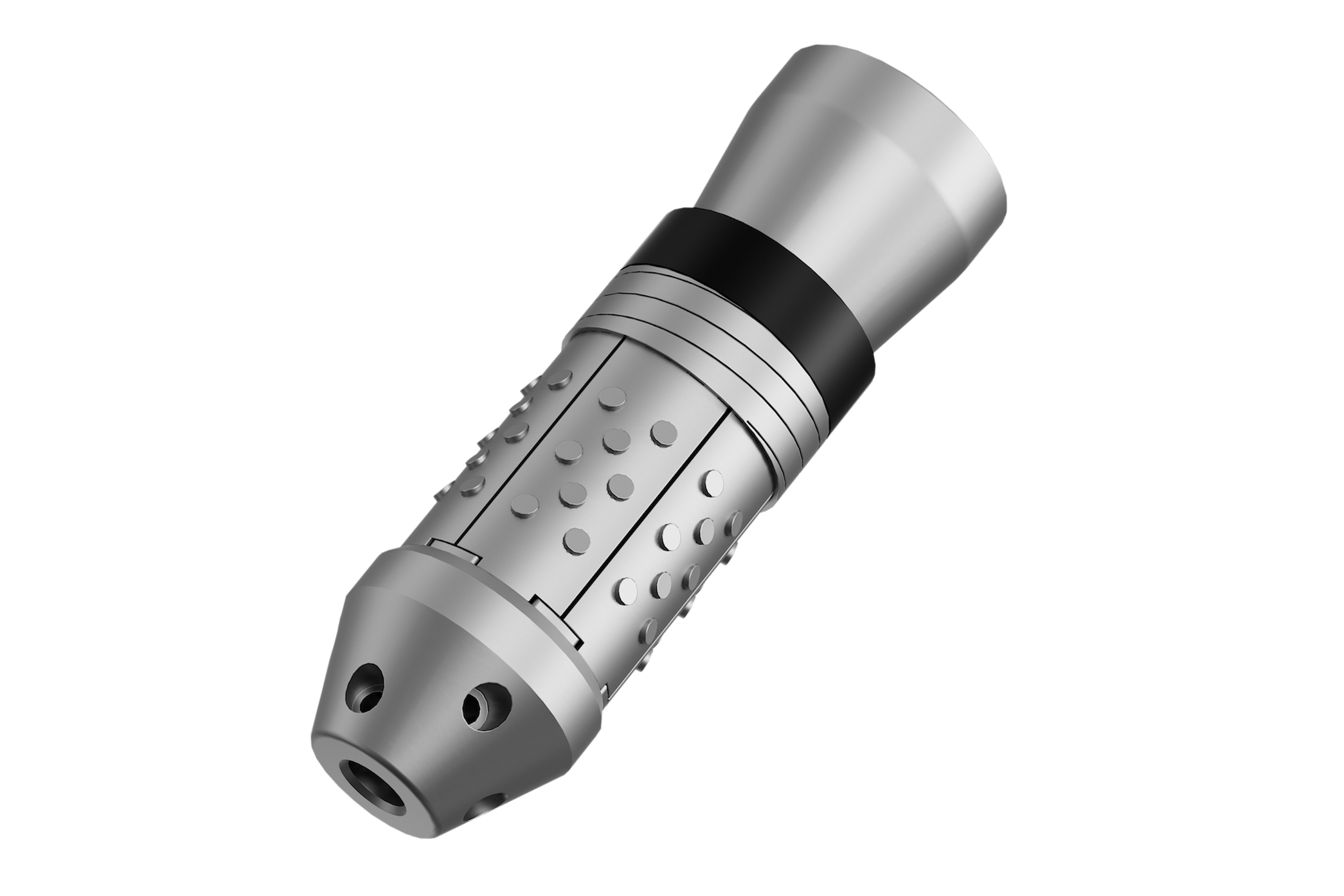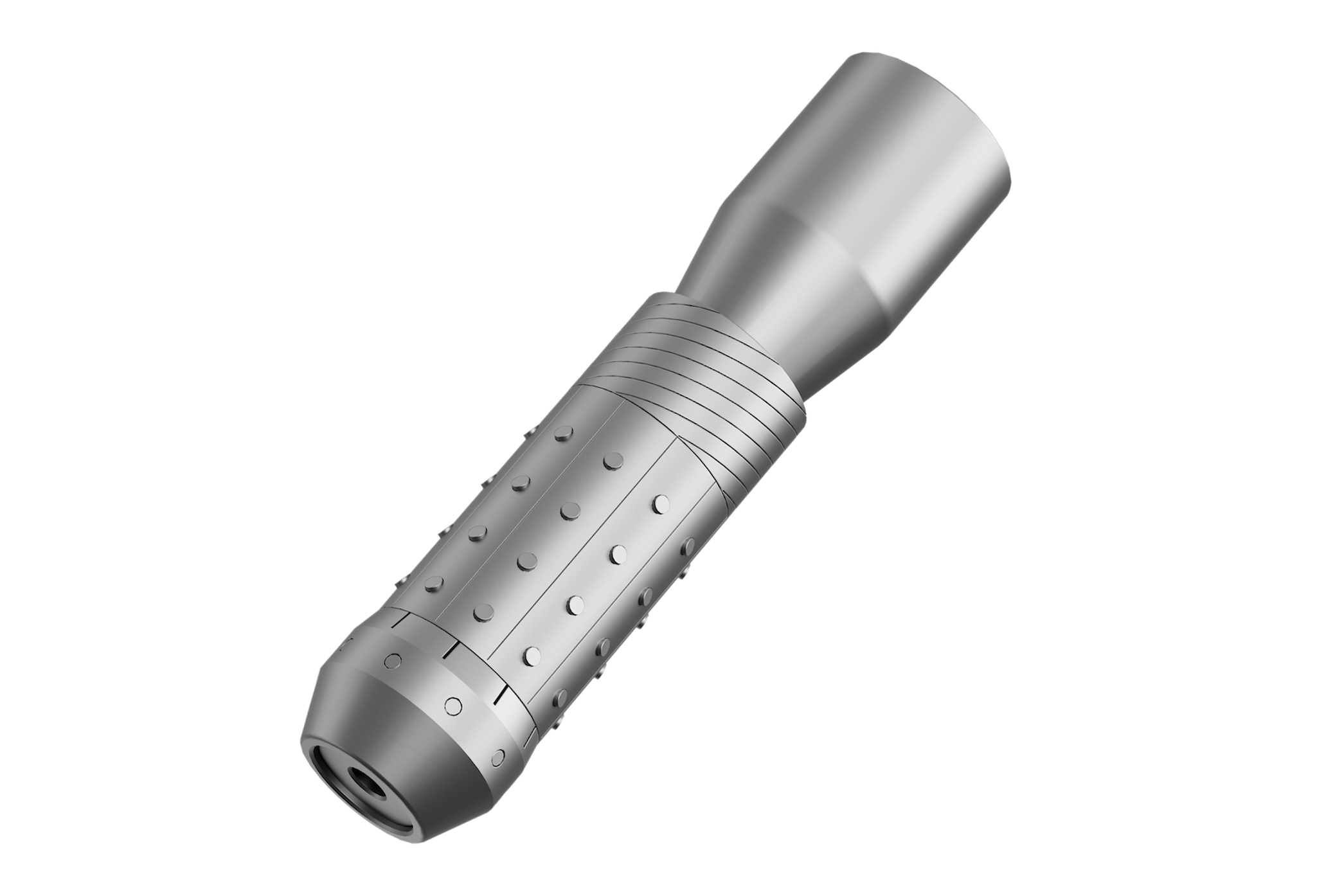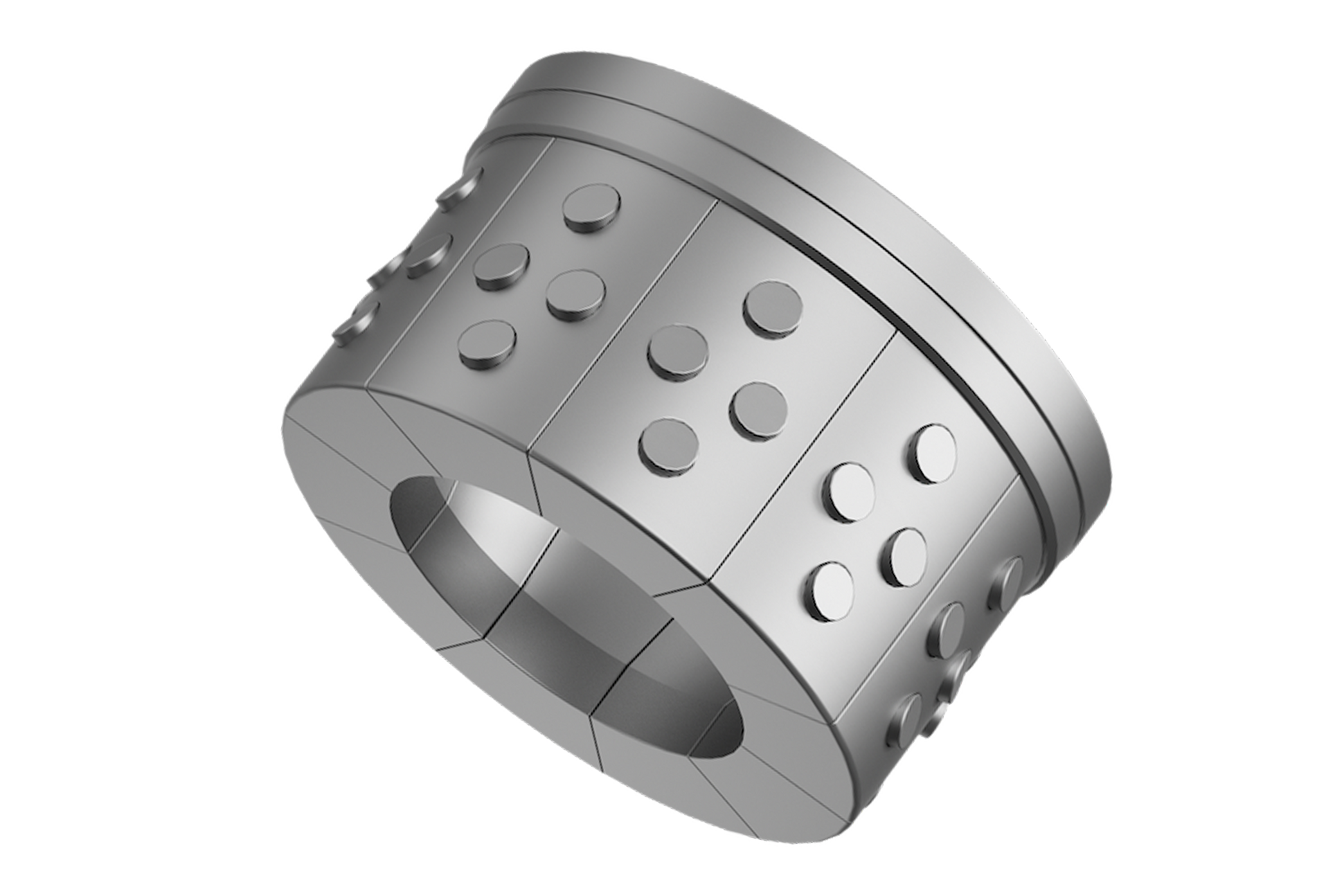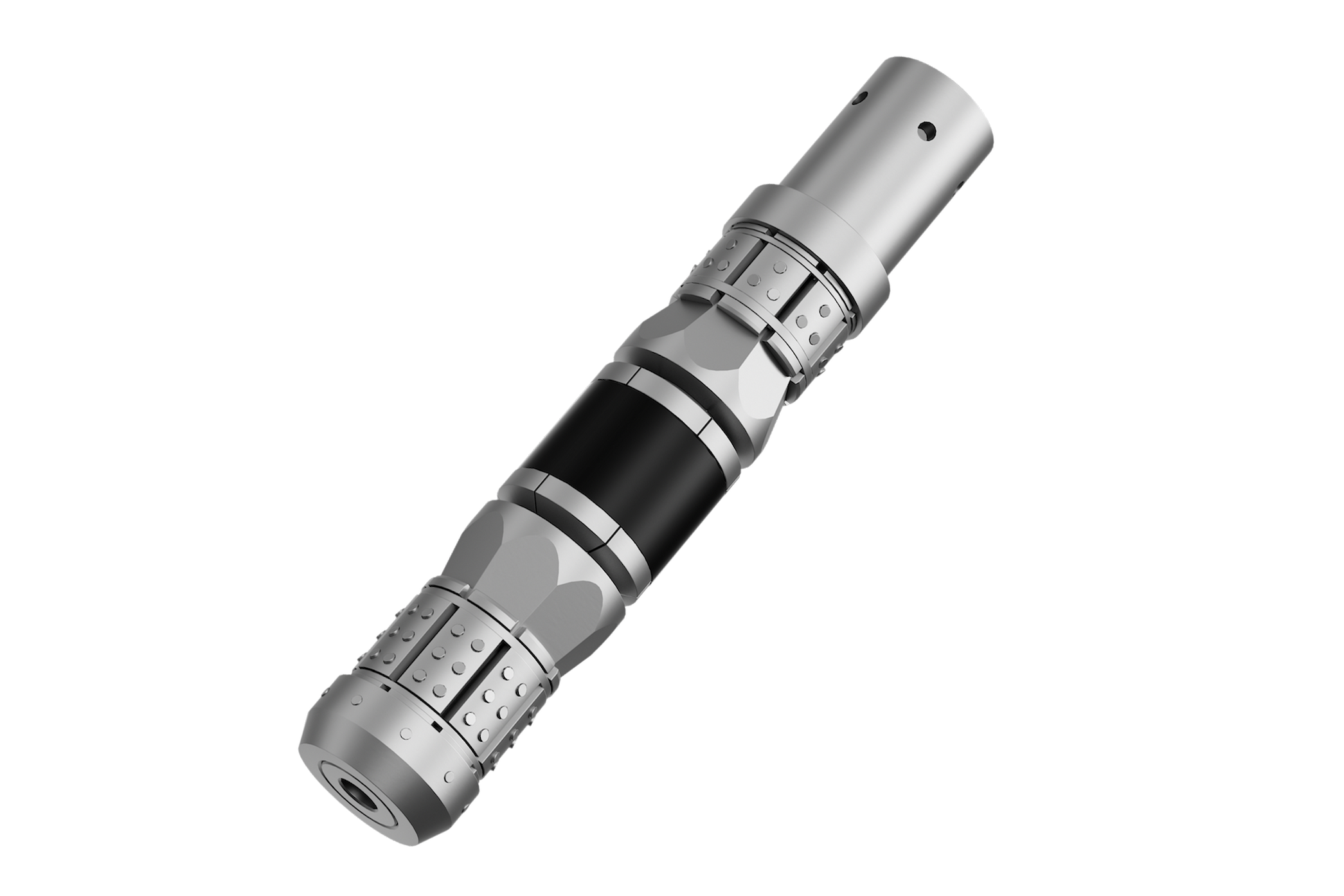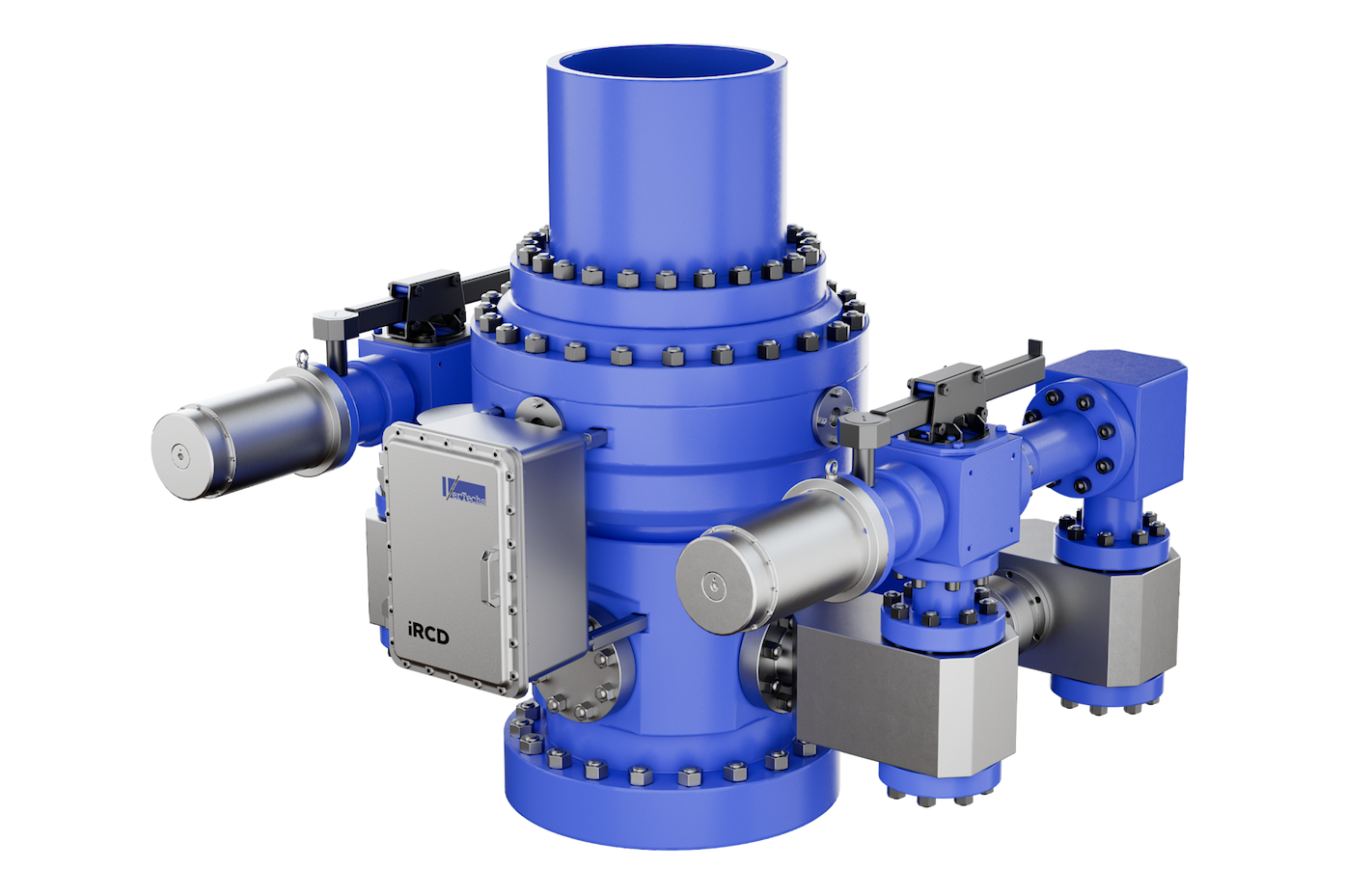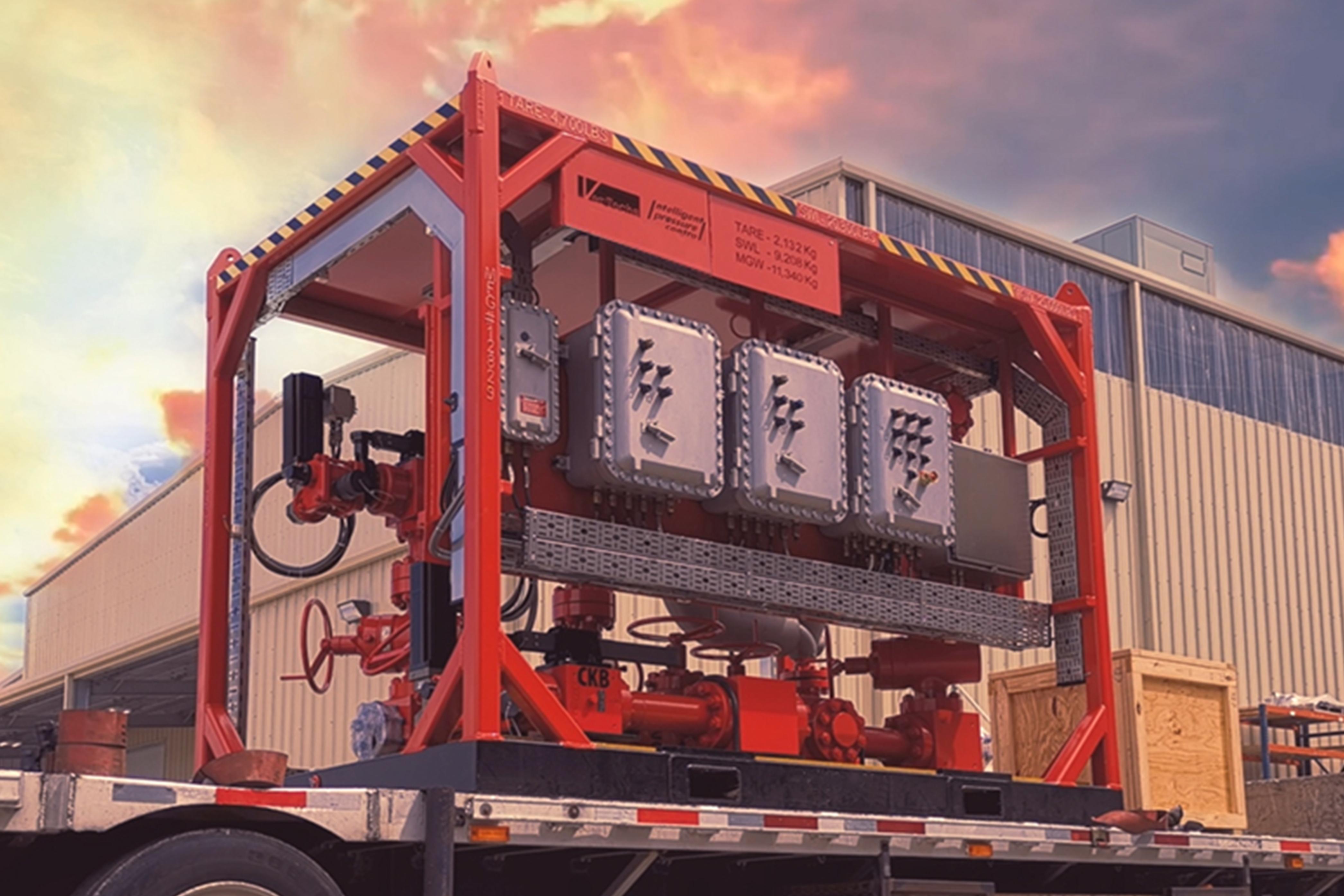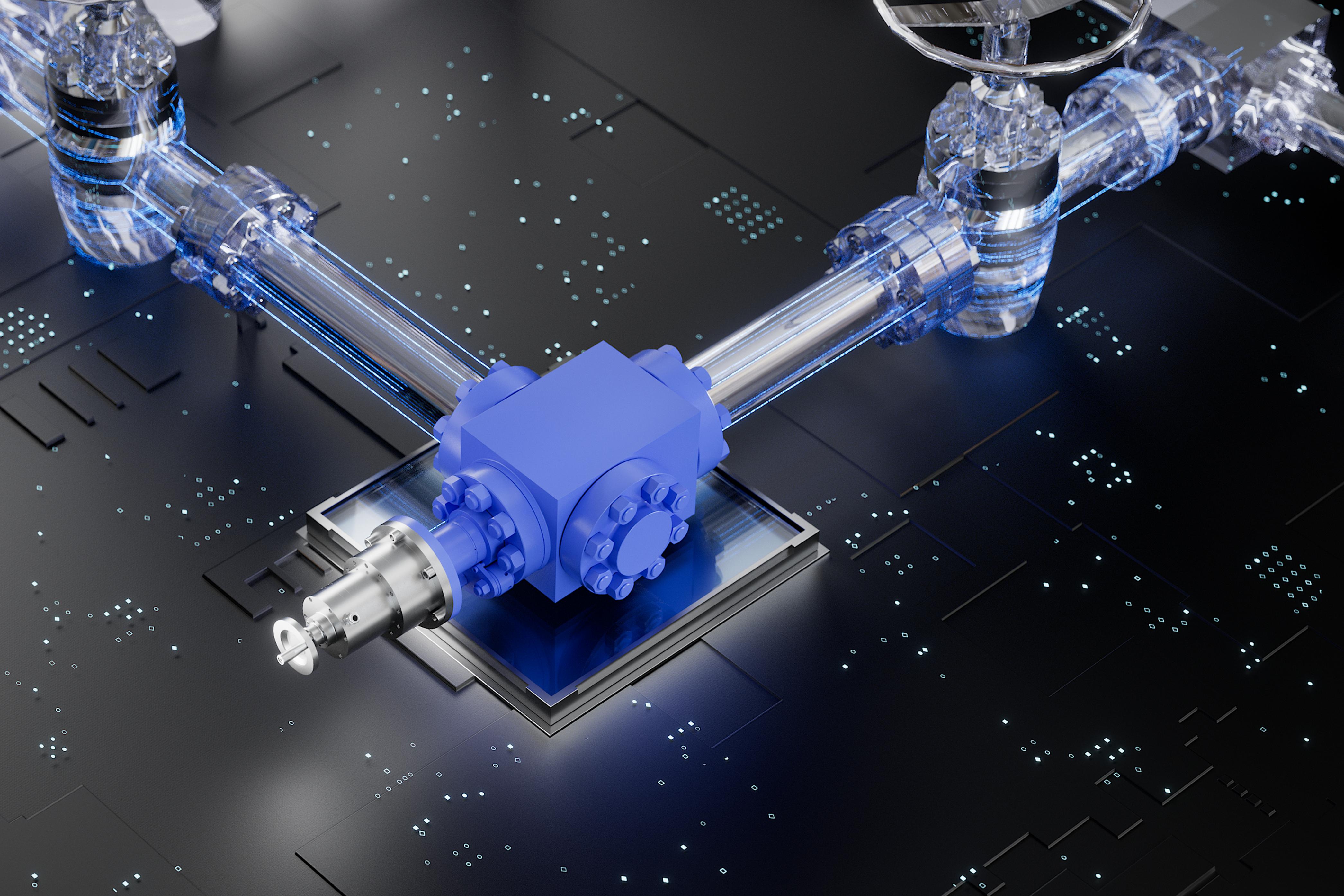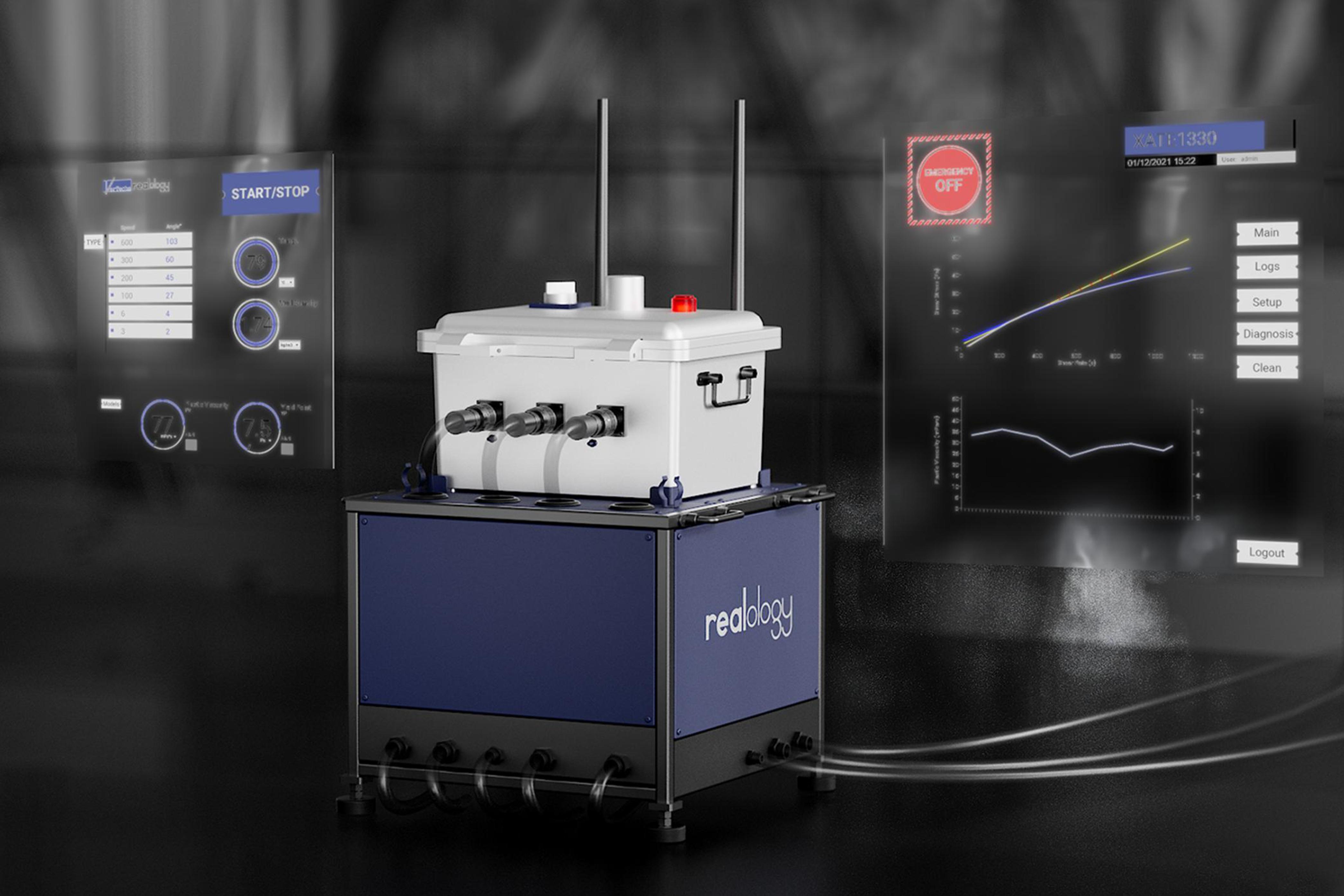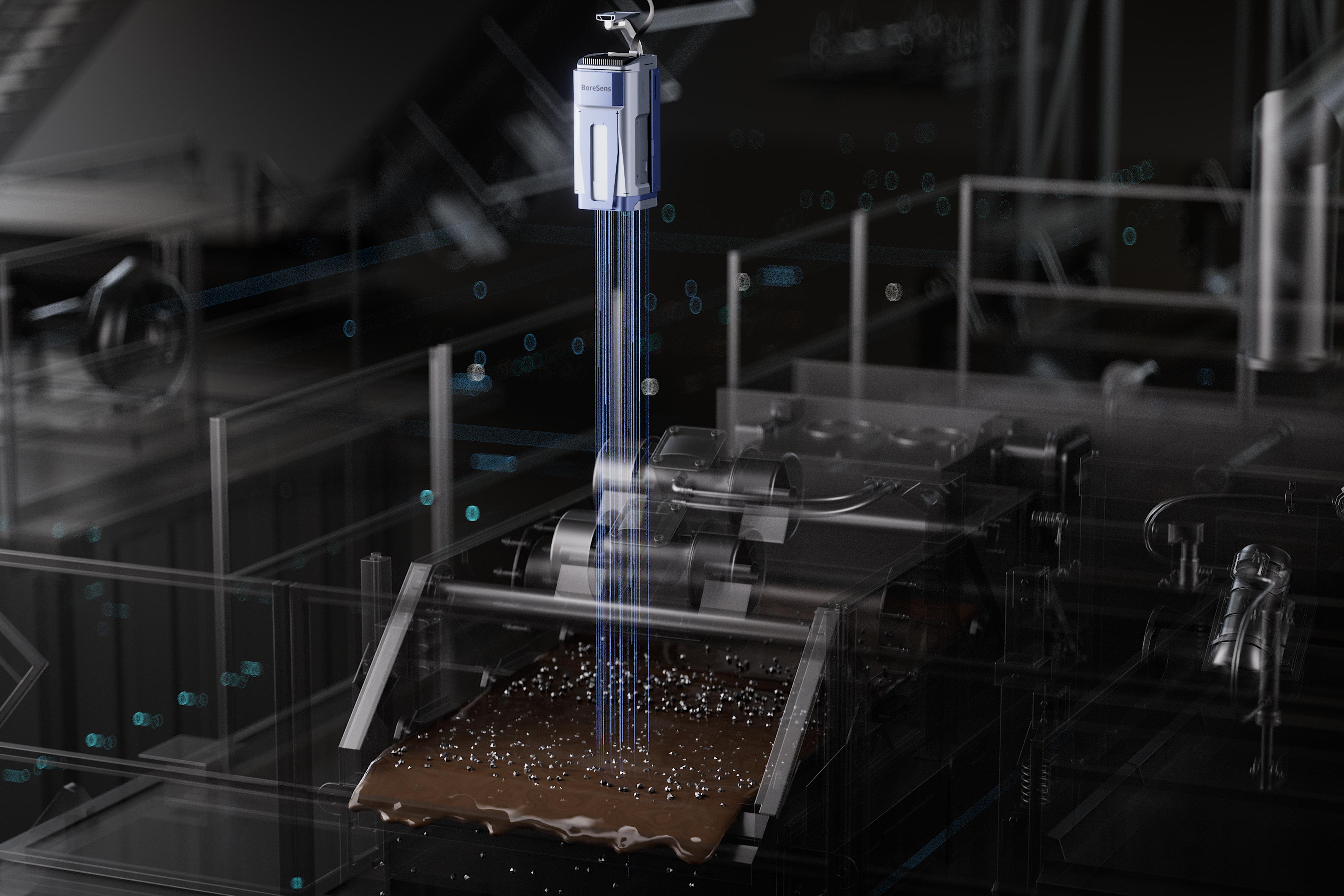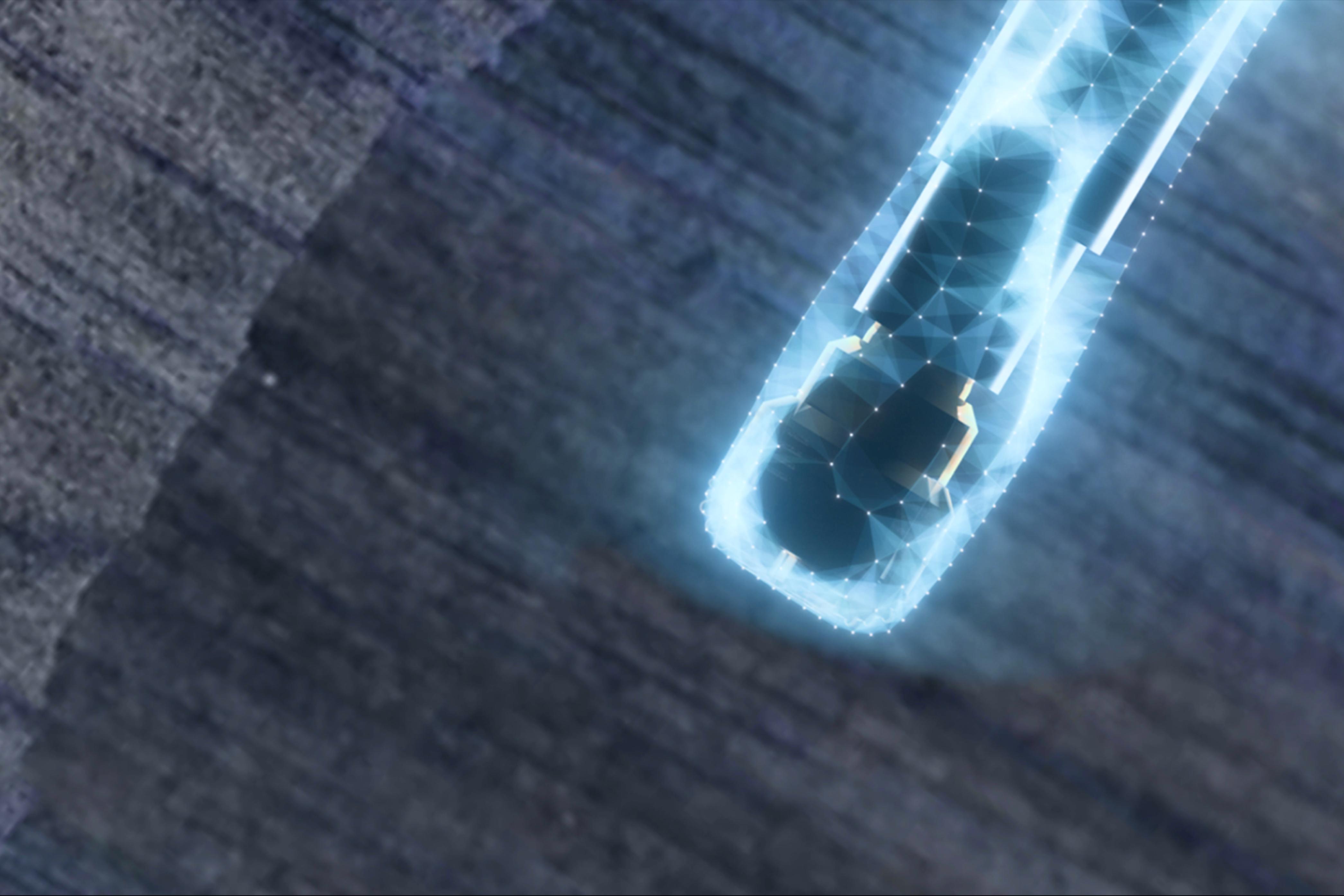What Are the Components of a FRAC Plug? Explained Simply - Test
2025-05-09
_Copy.jpg)
Fracking, or hydraulic fracturing, has transformed the oil and gas industry with the capacity to access otherwise inaccessible reservoirs. One of the key tools in making this possible is the FRAC plug—a small but powerful tool with a big impact on isolating zones in multistage stimulation. What does a FRAC plug literally mean together with its operational principles? This explanation will be organized as basic information.
Learning the FRAC Plug
Operators use FRAC plugs to close off certain parts of horizontal wells and enable individual fracture operations of the different well sections. The hydraulic fracturing process achieves better efficiency and control through use of this system. The performance of wells depends heavily on using the appropriate plug regardless of the tightness level or unorthodox nature of the reservoir.
In order to fully understand how a FRAC plug works, we must look at its main parts:
1. Top Sub
The top sub is the highest portion of the plug. It bridges the FRAC plug and the setting tool together and assists in transferring force while being installed. Imagine it as the handshake between your plug and the rest of your downhole tools.
2. Slips (Upper and Lower)
Slips are identical to anchors. Made up of hardened steel having sharp teeth, they bite inside the casing interior in order to lock the plug. Top and bottom slips come together in preventing the FRAC plug from movement when pressure is applied while fracking.
This rigorous action also contributes to wellbeing strengthening since it stabilizes pressure zones and prevents casing damage—especially in complex operations like managed pressure drilling (MPD).
3. Rubber Sealing Element
This is the central part which divides pressure. Upon being compressed, the rubber sealing piece spreads to make a tight seal between plug and casing wall. This is for controlling fracturing fluid into the zone desired and ensuring that no undesired communication takes place among stages.
As the MPD is drilled, proper pressure control is essential. System integrity is assisted by a reliable sealing device, especially if combined with a fluid monitoring system to track changes in flow and pressure in real time.
4. Mandrel
The mandrel is the FRAC plug's backbone. It goes down the center and keeps everything in place. Typically constructed of a high-strength material such as composite or steel, the mandrel has to be able to withstand extreme downhole pressures but also easily drill-out after the job is completed.
5. Bottom Sub
The bottom sub forms the base of the plug and usually accommodates ports or openings that control flow. It is also where other tools or plugs connect. It completes the plug assembly and helps with future operations, such as plug extraction or drill-out operations.
Role in Modern Drilling
Drilling environments today are increasingly complex. Technologies such as MPD drilling are employed to control wellbore pressures with high precision, particularly in sensitive or high-pressure areas. In these situations, the elements of a FRAC plug need to work perfectly to achieve isolation, safety, and efficiency in operations.
It is here that technology such as a fluid monitoring system comes into its own. With real-time measurement of flow rates and pressure, operators can ensure the FRAC plug is working as it should, isolating properly, and adding to wellbore strengthening efforts.
Enabling Smarter Drilling with Vertechs Group
We, at Vertechs Group, are specialists in innovative drilling solutions that enhance efficiency and safety. Our managed pressure drilling (MPD) and fluid monitoring system proficiency allows us to support operators all over the world. We are committed to pushing boundaries and achieving results. Let's move forward well together—join us today!
Frequently Asked Questions
Q1: What is the primary function of a FRAC plug?
A FRAC plug separates segments of a wellbore while hydraulic fracturing to provide controlled, stage-by-stage stimulation.
Q2: What is the function of slips in a FRAC plug?
Slips engage the casing wall, holding the plug firmly in position to resist fracking high pressures.
Q3: Why is a sealing element critical in a FRAC plug?
It provides pressure isolation by expanding and sealing off areas, halting fluid migration among stages.
Q4: Can FRAC plugs be utilized in managed pressure drilling (MPD)?
Yes, FRAC plugs are an important part of MPD operations as they contribute to pressure control and wellbore integrity.
Vertechs is dedicated to pushing the boundaries of energy technology through continuous innovation, tailored digital solutions, and cutting-edge downhole products. With a global presence and a deep understanding of the energy sector, Vertechs delivers efficient, sustainable, and future-ready solutions that help clients tackle the industry’s toughest challenges. Whether you’re looking to optimize operations, integrate AI-driven applications, or explore advanced drilling technologies, Vertechs has the expertise to drive your success.
Ready to transform your energy operations? Contact us now at engineering@vertechs.com. Let’s innovate together for a smarter energy future.
Read Our One More Blog(1): Revolutionizing Fluid Monitoring Systems for Drilling Operations: How Vertechs Leads the Future
Read Our One More Blog(2): Importance of Fluid Monitoring in Modern Drilling for Efficiency


